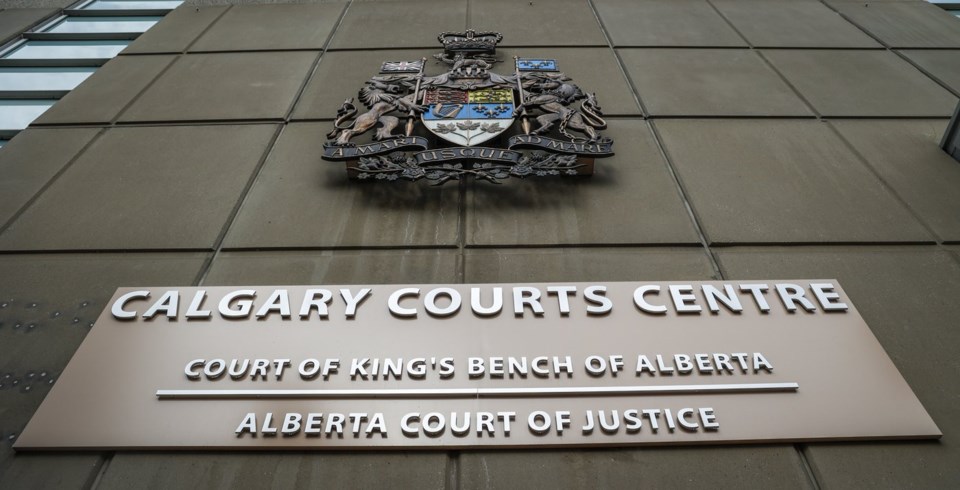1 2 3 Pune: The relentless heat has begun to leave visible scars on the city's infrastructure, with temperatures consistently soaring above 40 degrees Celsius. Architects and structural engineers have reported an increase in wall and ceiling cracks as buildings struggle to withstand the extreme thermal stress. The phenomenon, particularly evident in older constructions built with cement-based materials, occurs as the building materials expand and contract under the punishing daytime heat and cooler nights.
Interior designers and renovation specialists are witnessing firsthand how inadequate ventilation combined with heat-conductive building materials worsens the problem. You Can Also Check: Pune AQI | Weather in Pune | Bank Holidays in Pune | Public Holidays in Pune "Yes, this summer is also having a similar impact. Our couple of old sites are showing an increasing amount of cracks.

The fluctuations in the temperatures are causing these issues," said Alizein Merchant, owner of Quickk Solutions Interior and Renovation Services. Ritu Gurnani, interior designer at RMGDesigns, Pune, said they are currently working on a farmhouse project in Mulshi where the intense heat is causing various challenges. "For instance, when applying synthetic paint materials, the rising temperatures make working conditions uncomfortable for labourers as the materials release fumes in the heat, forcing workers to wear masks.
To achieve optimal results, we must maintain cooled environments or schedule work during nighttime when temperatures drop." Proper water curing is essential during tile installation in this intense heat, as insufficient moisture can lead to tiles developing cracks, Gurnani said. "We have also begun landscaping work, but the extreme temperatures have dried out the soil significantly, making it difficult to assess proper digging depths and soil conditions.
This presents a major challenge, so we are currently focusing on hardscape elements until temperatures decrease during the monsoon." Sandeep Sahani, principal interior designer at Qbana Designs Pvt Ltd, said that in comparison to previous years, they are encountering numerous instances of wall cracks in older as well as new structures. "These cracks occur due to the thermal expansion and contraction of building materials under extreme heat conditions.
As materials heat up during the day and cool at night, they expand and contract repeatedly, causing structural stress that manifests as visible cracks," Sahani said. Pratik Mehra, city-based interior designer, said there have been multiple instances of tree removal recently, particularly in Koregaon Park, which is experiencing significant heat increases as a result. "Trees previously provided natural cooling for this area and its buildings.
Without this natural shade and cooling effect, cement structures are heating up rapidly, as concrete is known to absorb and retain heat quickly." Heat can cause cracks in buildings due to numerous factors, Mehra said. "One major concern is that modern structures are constructed using materials like concrete, steel, and bricks that expand in hot weather, placing stress on the building.
Over time, if the structure cannot handle this stress, cracks develop in the walls. Additionally, the repeated cycle of heating and cooling weakens the building's structural integrity. For example, glass windows can expand in heat, and if the frame is too tight and doesn't allow for movement, the glass cracks.
In long and tall buildings, heat can cause significant movement. Without properly designed expansion joints, large cracks will appear at corners, edges, and slabs.".
















